SUMMARY
This is AI generated summarization, which may have errors. For context, always refer to the full article.
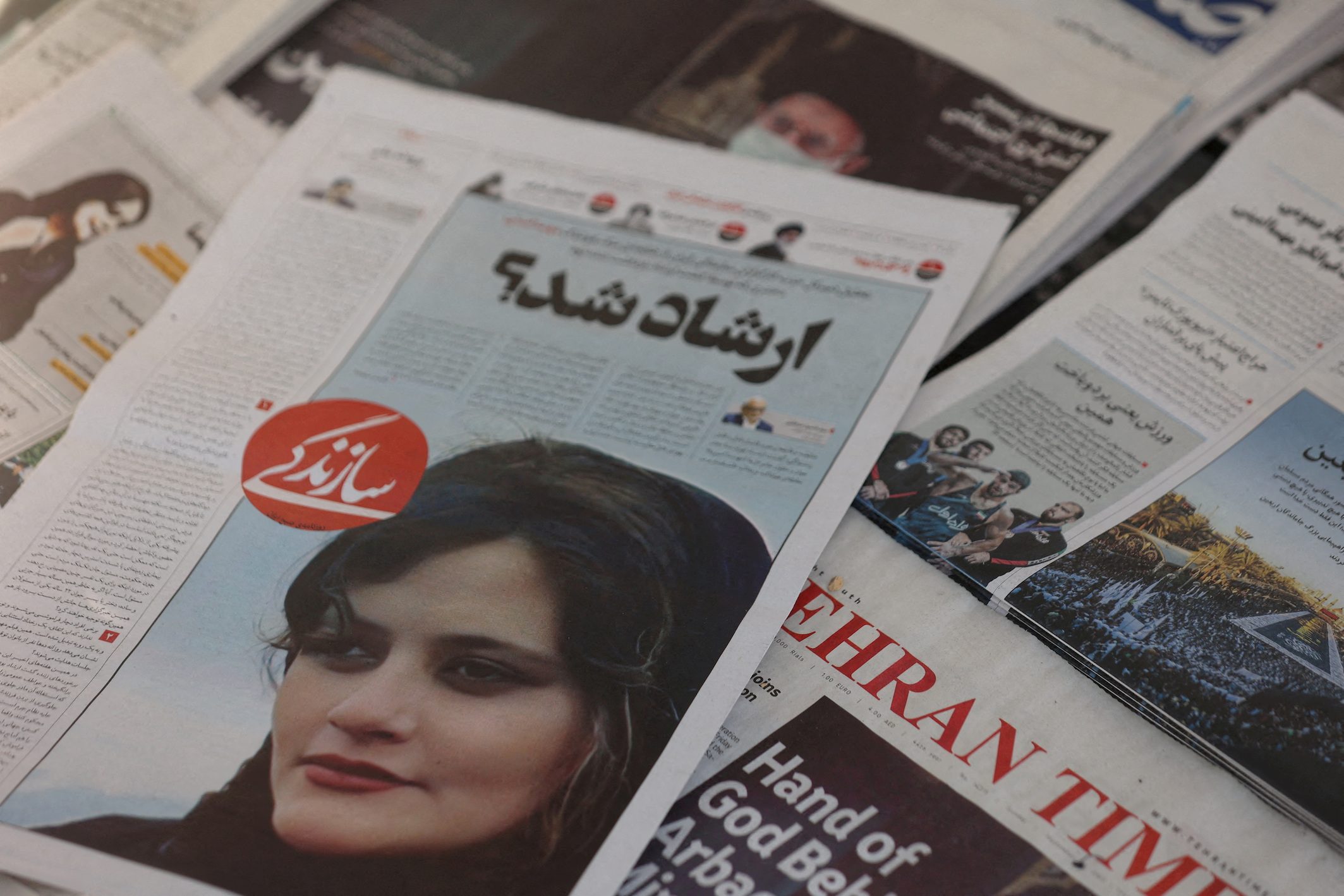
DUBAI, United Arab Emirates – Iranian students defied warnings from the feared Revolutionary Guards that nationwide protests must end by Sunday, October 30, and were met with tear gas, beatings and gunfire from riot police and militia, videos on social media showed.
The confrontations at dozens of universities, along with threats of a tougher crackdown, indicated that the demonstrations, now in their seventh week, were entering a more violent phase.
Iranians from all walks of life have been protesting since the death of 22-year-old Mahsa Amini in the custody of the morality police after she was arrested for attire deemed inappropriate.
What began as outrage over Amini’s death on Sept. 16 has evolved into one of the toughest challenges to clerical rulers since the 1979 revolution, with some protesters calling for the death of Supreme Leader Ayatollah Ali Khamenei.
The top commander of Iran’s Revolutionary Guards warned protesters that Saturday, October 29, would be their last day of taking to the streets, the harshest warning yet by Iranian authorities.
Nevertheless, videos on social media, unverifiable by Reuters, showed confrontations between students and riot police and Basij forces on Sunday at universities all over Iran.
One video showed a member of Basij forces firing a gun at close range at students protesting at a branch of Azad University in Tehran. Gunshots were also heard in a video shared by rights group HENGAW from protests at the University of Kurdistan in Sanandaj. Videos from universities in some other cities also showed Basij forces opening fire at students.
Across the country, security forces tried to block students inside university buildings, firing tear gas and beating protesters with sticks. The students, who appeared to be unarmed, pushed back, with some chanting “dishonored Basij get lost” and “Death to Khamenei.”
History of crackdowns
The activist HRANA news agency said 283 protesters had been killed in the unrest as of Saturday including 44 minors. Some 34 members of the security forces were also killed.
More than 14,000 people have been arrested, including 253 students, in protests in 132 cities and towns, and 122 universities, it said.
The Guards and its affiliated Basij force have crushed dissent in the past. They said on Sunday that “seditionists” were insulting them at universities and in the streets, and warned they may use more force if the anti-government unrest continued.
“So far, Basijis have shown restraint and they have been patient,” the head of the Revolutionary Guards in the Khorasan Junubi province, Brigadier General Mohammadreza Mahdavi, was quoted as saying by the state news agency IRNA. “But it will get out of our control if the situation continues.”
Journalists appeal
More than 300 Iranian journalists demanded the release of two colleagues jailed for their coverage of Amini in a statement published by the Iranian Etemad and other newspapers on Sunday.
Niloofar Hamedi took a photo of Amini’s parents hugging each other in a Tehran hospital where their daughter was lying in a coma.
The image, which Hamedi posted on Twitter, was the first signal to the world that all was not well with Amini, who had been detained three days earlier by Iran’s morality police for what they deemed inappropriate dress.
Elaheh Mohammadi covered Amini’s funeral in her Kurdish hometown Saqez, where the protests began. A joint statement released by Iran’s intelligence ministry and the intelligence organization of the Revolutionary Guards on Friday had accused Hamedi and Mohammadi of being CIA foreign agents.
The arrests match an official narrative that Iran’s arch-enemy the United States, Israel and other Western powers and their local agents are behind the unrest and are determined to destabilize the country.
At least 40 journalists have been detained in the past six weeks, according to rights groups, and the number is growing.
Students and women have played a prominent role in the unrest, burning their veils as crowds call for the fall of the Islamic Republic, which came to power in 1979.
An official said on Sunday the establishment had no plan to retreat from compulsory veiling but should be “wise” about enforcement.
“Removing the veil is against our law and this headquarters will not retreat from its position,” Ali Khanmohammadi, the spokesman of Iran’s headquarters for “Promoting Virtue and Preventing Vice” told the Khabaronline website. “However, our actions should be wise to avoid giving enemies a pretext to use it against us.”
The apparent hint at compromise is unlikely to appease the protesters, most of whose demands have moved beyond dress code changes to calls for an end to clerical rule.
In a further apparent bid to defuse the situation, Parliament Speaker Mohammad Baqer Qalibaf said people were right to call for change and their demands would be met if they distanced themselves from the “criminals” taking to the streets.
“We consider the protests to be not only correct and the cause of progress, but we also believe that these social movements will change policies and decisions, provided that they are separated from violent people, criminals and separatists,” he said, using terms officials typically use for the protesters. – Rappler.com
Add a comment
How does this make you feel?
![[OPINION] ‘Some people need killing’](https://www.rappler.com/tachyon/2024/04/tl-some-people-need-killing-04172024.jpg?resize=257%2C257&crop_strategy=attention)
![[Judgment Call] Resisting mob mentality for warrantless arrests](https://www.rappler.com/tachyon/2024/04/judgement-call-mob-mentality.jpg?resize=257%2C257&crop=352px%2C0px%2C720px%2C720px)
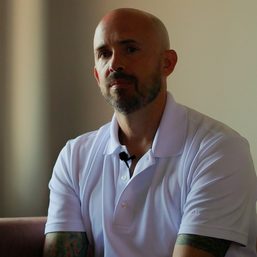
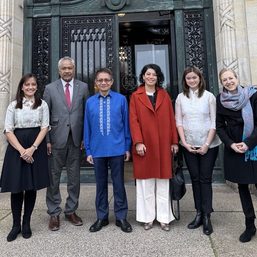
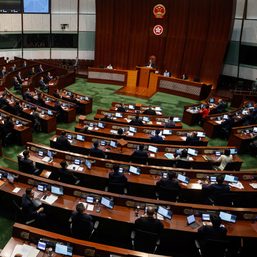
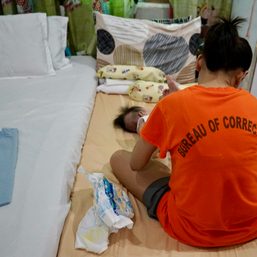
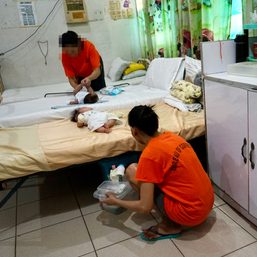
![[Dash of SAS] Making abortion a constitutional right](https://www.rappler.com/tachyon/2024/03/Its_true_-_Flickr_-_Josh_Parrish-1.jpg?resize=257%2C257&crop=125px%2C0px%2C768px%2C768px)
![[WATCH] Spoil me but respect me: A sugar baby’s story](https://www.rappler.com/tachyon/2024/03/titlecard-03.jpg?resize=257%2C257&crop_strategy=attention)
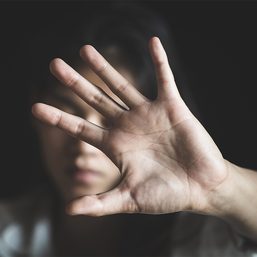
There are no comments yet. Add your comment to start the conversation.